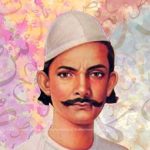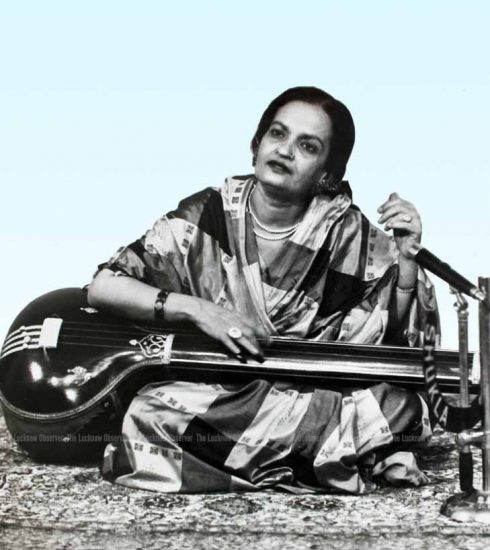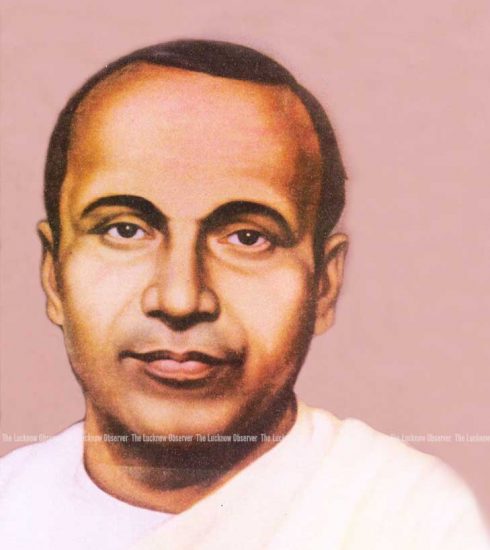Nothing lost in Translation
The work of Rakhshanda Jalil is precious for introducing Urdu writing to those unfamiliar with the language. In an interview with Saira Mujtaba, the scholar explains what translation means to her and how this way of writing is much more than a mere change of language
At a time when the popularity of Urdu seems to decline what inspired you to work in that language?
My very first translation into English was Premchand’s story ‘Mandir aur Masjid’ for the Sahitya Akademi’s magazine Indian Literature. I had no clear thought behind that initial piece of translation back in 1991. But with that first foray into translation, I tasted blood! I loved the very act of translation, of carrying through not just a story or a plot but the idea and essence of a story along with a cultural and literary sensibility. The copyright for Premchand had just opened up and Harper Collins — which had just set up shop in India — asked me to edit and translate a collection of his short stories. That appeared in 1992 and after that there was no looking backwards. For many years I was only translating — looking at a text and treating the act of translation as a mere transfer of vocabulary and sensibility. It took many years for it to become a political activity, as a means of advocating an idea or a set of ideas that were part of an ideology to a larger audience. From that first serendipitous discovery of the joy of translation to the conscious use of translation, to interpret, to analyse literary cultures and to use translation as the tool of a literary historian has been a long, personal journey.
You believe that Urdu is not dying but on the contrary its flourishing…do you feel that the Urdu script is also growing in popularity? Or,if it will become popular as a result?
Yes, I don’t subscribe to the theory that Urdu is dead or dying. I agree it has shrunk in place and importance but it has a more pan- Indian reach than many other bhashas. That is because it has never been tied to any region or state. It is willing to be appropriated by anyone who has a taste for it. Yes, it is no longer the lingua franca but it still has elements of mass appeal. It serves a gamut of purposes – when people talk of shabab or inquilab they often resort to Urdu, even those who may not ‘know’ Urdu. So, yes, translation encourages those who don’t know much about the vast and varied nature of Urdu literature, to access some of it. It opens a window of sort. As for the script, I personally don’t see how you can splice a language from its script and expect it to flourish. After all, those of us who wish to learn Japanese or Russian or Chinese first learn the script; we don’t expect it to be made available to us in Roman. So I don’t see why those who wish to study Urdu want to take the easy way out and want to read Urdu in the Devanagri script. I have nothing against Devanagri; I just feel if you are at all serious about Urdu, you must take the trouble of accessing it in its script.
Today, it’s believed that research students of Urdu choose their research topics recommended by the supervisors, sometimes without even having read the texts and works of the writers in question. Do you agree that opting for Urdu has more mercenary motives triggered, by lure of government jobs for example, instead of a zeal and passion for the language?
That sounds like a sweeping statement! There are rotten eggs in every basket; it doesn’t prove anything. Those who take up research on easy topics suggested by their supervisors are either lazy or mediocre students. They would do the same if their area of study was Chemistry or Zoology or Hindi.
You organise literary events and forums at ‘The Attic’ and write extensively on your blog – ‘Hindustani Awaaz’. Please elaborate your ‘vision and mission’ of both endeavours?
I set up Hindustani Awaaz in 2002 as a platform to position and promote Hindustani zubaan and the tehzeeb that is an integral part of it. I run it on my own, with no funds or sponsors. Yes, I have friends who support it, such as the India International Centre which gave its premises free, and now The Attic (in Regal Building, Connaught Place in Delhi) where my monthly series of talks is located. In the past, we have had talks, readings, recitations, plays, book launches at the India International Centre. Occasionally, there has been a theme or a peg for a series; sometimes it is random, depending on an interesting speaker who happens to be available and willing. Remember, I have NO money; therefore I offer none to our speakers. The present series at the Attic is a monthly one called ‘Why It Speaks to Me’; it features an eclectic lot of academics, literature buffs, creative writers and assorted Urdu lovers coming to tell us why a particular writer/text ‘speaks’ to them like nothing else does. We began with Professor Gopichand Narang telling us why – of all that he has read — Ghalib ‘speaks’ to him. Since then, we have had different people talk of Sahir, Jafri, Faiz, Mir and others. Sometimes, we are lucky – Zehra Nigah visiting from Karachi spoke in the series as did Frank Pritchett from Columbia.
In these frenzied times when ‘Khadi, Khaki, Bhagwa and Dadhi’ shred the social fabric of the nation, do you think literary culture can counter such forces to reinforce the Ganga Jamuni Tehzeeb of India?
The thread of Ganga-Jamuni tehzeeb has been present all along in Upper India. It appears muted sometimes. But I am an optimist; I believe the darkness of our times may occasionally dull its lustre but it can neither tarnish it beyond recognition nor destroy it fully. The thread goes back many, many centuries; it has its roots in this soil. It cannot be easy to pluck it out. I am a great believer in culture and its efficacy. Culture is a far better tool for countering this darkness than any propaganda or polemics; it draws people, it is inclusive.








